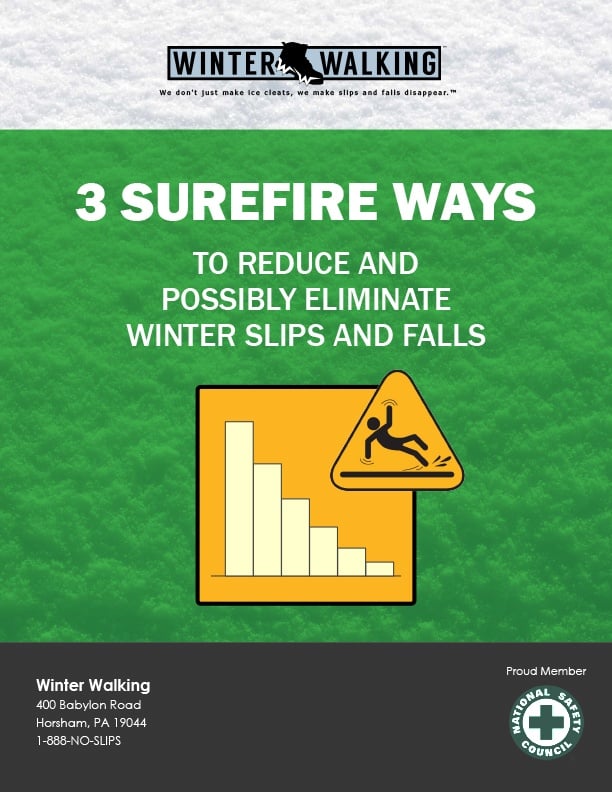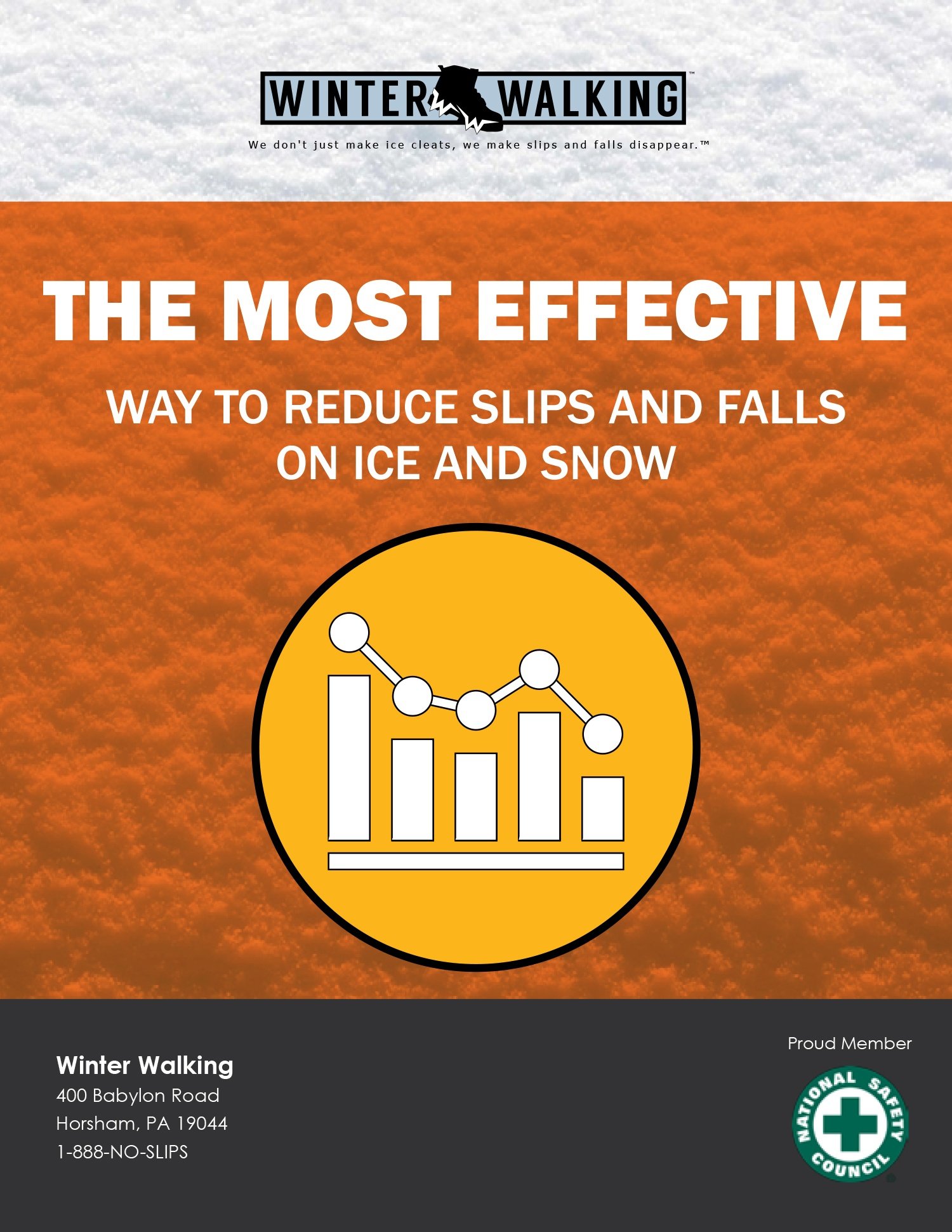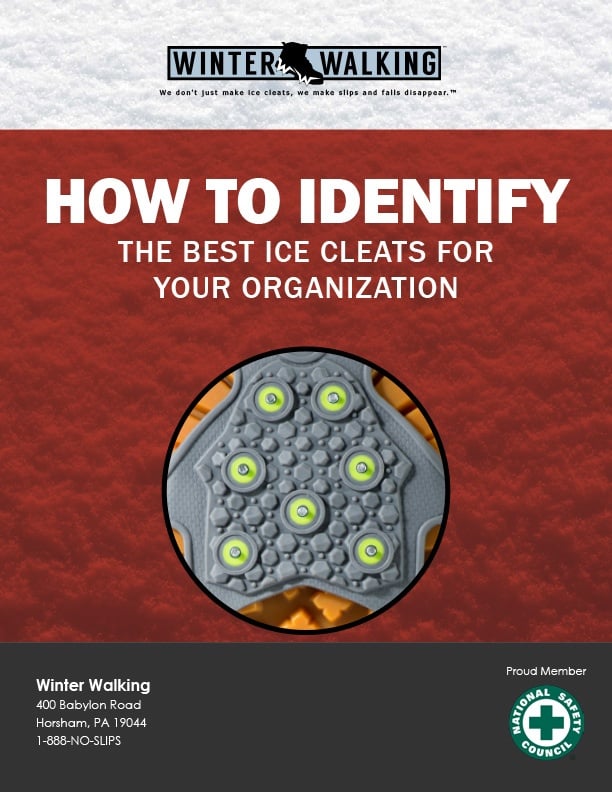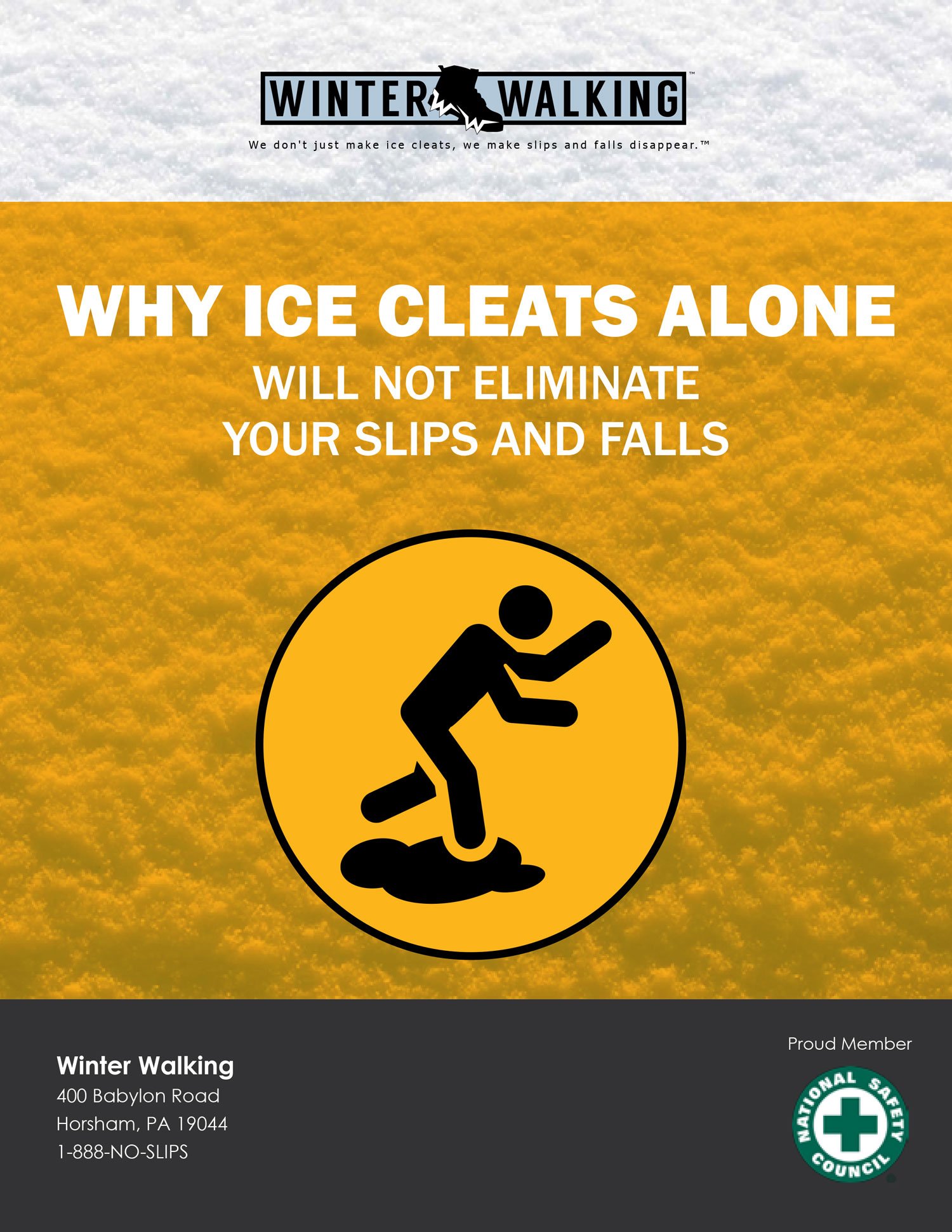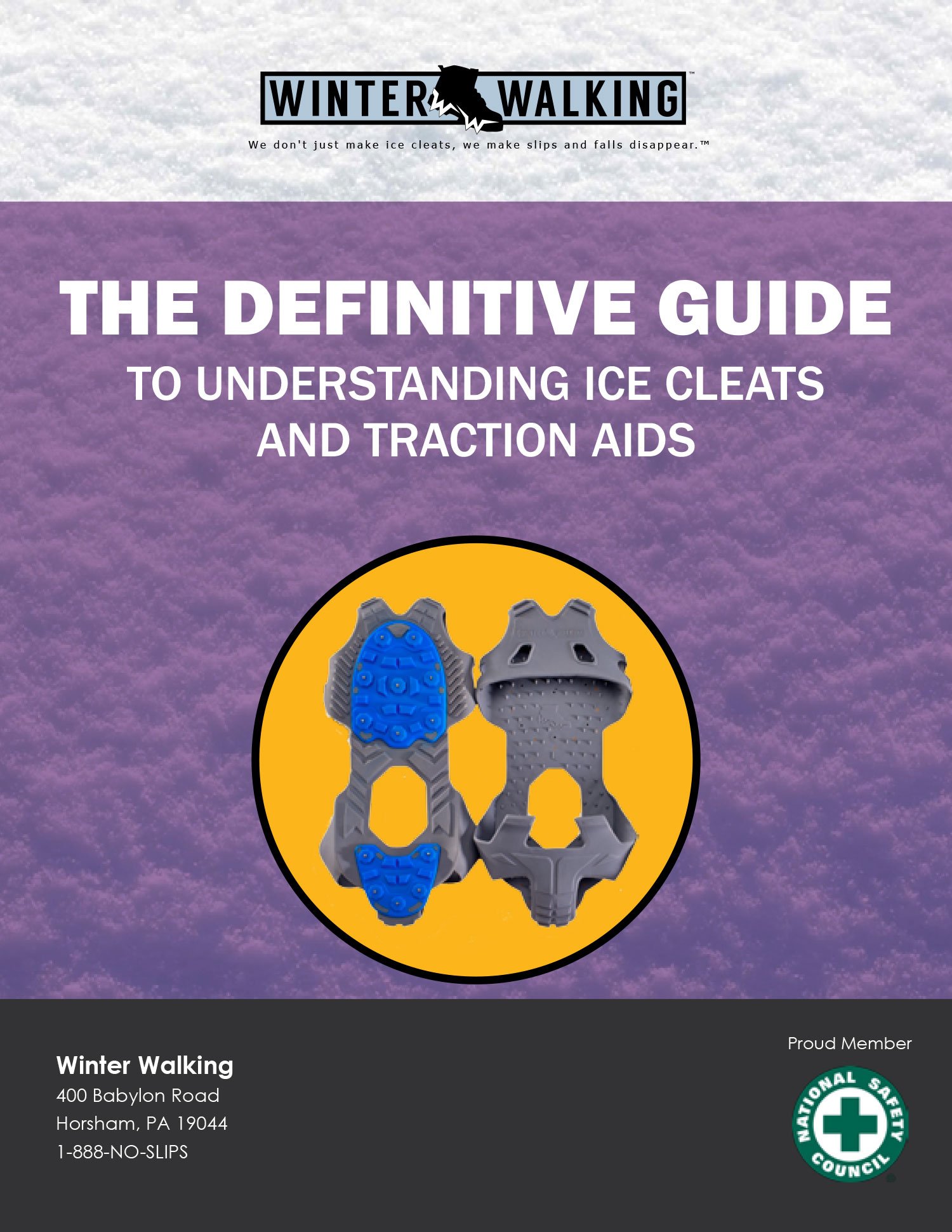A practical guide for separating fact from fiction in winter safety
Slips and falls are one of the most common workplace injuries during winter. Yet many organizations still rely on outdated beliefs that unintentionally increase risk. These myths lead to underestimating hazards, misusing equipment, and assuming workers are safer than they truly are.
Myth 1: “We use salt, so we are covered”
Reality: Salt helps, but it is not a complete solution.
Salt becomes ineffective when temperatures fall below certain levels. Even when applied correctly, refreezing happens overnight, shaded areas remain slick, and traffic quickly spreads water back onto walkways.
Myth 2: “Our workers are careful”
Reality: Being careful does not stop a fall on ice.
Even the most experienced workers can slip on black ice or wet flooring. Weather, fatigue, carrying items, and rushing at shift changes all contribute to slips regardless of worker attentiveness.
Myth 3: “Slip resistant boots are enough on ice”
Reality: Slip resistant does not mean ice resistant.
Slip resistant footwear is designed for wet, oily, or greasy indoor floors. It is not engineered to grip ice. Outsoles alone cannot provide the stability needed in winter conditions. Only dedicated traction devices are designed for icy surfaces.
Myth 4: “We have not had an incident, so we are safe”
Reality: Near misses often go unreported.
Just because no one has fallen yet does not mean the environment is safe. Winter conditions change daily. One storm, a temperature drop, or increased foot traffic can turn a safe area into a risky one overnight.
Myth 5: “Traction aids are too expensive”
Reality: A single workplace injury costs far more.
The injury cost from one slip and fall can include:
- Lost time and wages
- Worker’s compensation claims
- Overtime to cover shifts
- Productivity delays
- Administrative time
- Increased insurance premiums
Myth 6: “Workers won’t wear traction devices anyway”
Reality: Compliance improves when gear fits well and feels comfortable.
Most non compliance issues stem from:
- Uncomfortable traction devices
- Poor fit on the worker’s boot
- Traction aids that rotate or fall off
- Lack of clear policy or training
Myth 7: “Indoor areas aren’t a winter problem”
Reality: Indoor floors are often more slippery than outdoor ones.
Slush, snow, and salt get tracked inside, creating wet, slick surfaces at:
- Entrances
- Hallways
- Locker rooms
- Break areas
- Tile floors near doorways
Final Thoughts:
Winter slip and fall prevention requires more than salt and good intentions. By challenging these common myths, safety leaders can make smarter decisions, reduce injuries, and protect their teams more effectively. Real safety comes from proper equipment, consistent training, and a commitment to addressing the hazards that myths often overlook.



